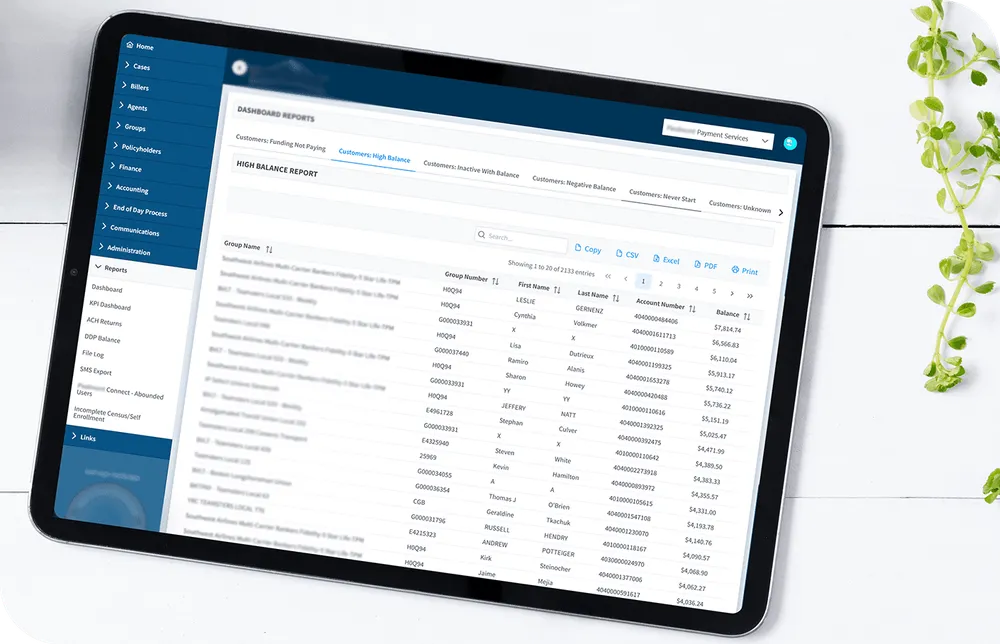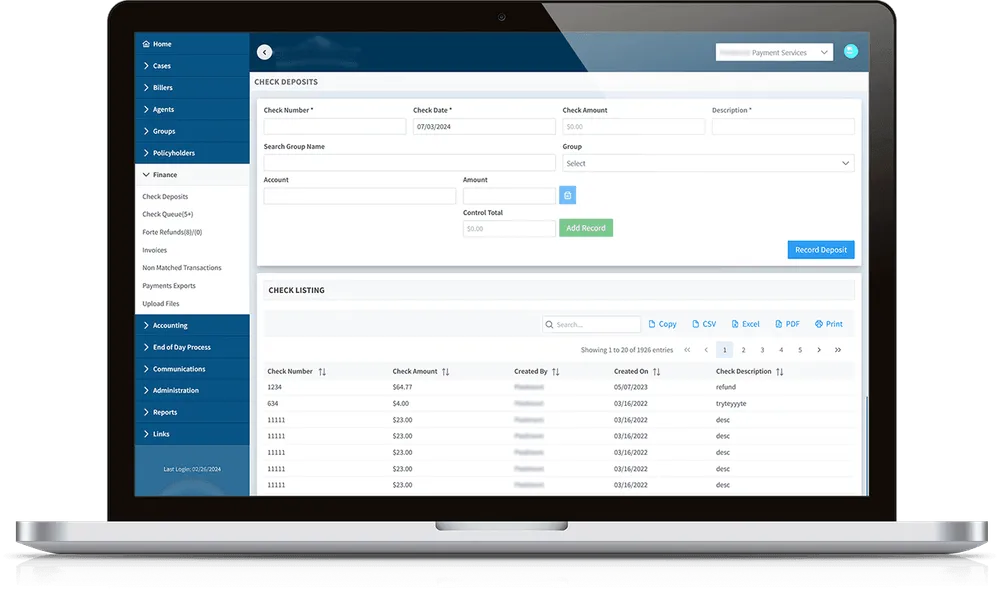
Overview
In the bustling fintech landscape of Columbus, Georgia, a forward-thinking company has redefined bill payments management through a comprehensive legacy modernization initiative. This success story highlights how transforming their outdated monolithic system into a cutting-edge, microservices-based architecture revolutionized their operations and market position.
Challenges Faced
Limited Scalability
The monolithic architecture struggled to accommodate growing user demands and new feature integrations.
Technological Debt
Outdated code and infrastructure were becoming increasingly difficult and costly to maintain.
User Experience Limitations
The legacy UI was falling short of modern user expectations, potentially impacting customer satisfaction and retention.
Integration Hurdles
Connecting with new financial systems and third-party services was becoming increasingly complex.
Performance Bottlenecks
The monolithic structure was causing performance issues, especially during peak transaction periods

Solutions Offered
Microservices Architecture
We decomposed the monolithic application into a suite of microservices, each responsible for specific business functions such as user management, payment processing, and reporting.
Modern UI Overhaul
We developed a sleek, intuitive user interface using modern front-end technologies, ensuring a seamless and responsive user experience across devices.
API-First Approach
We implemented a robust API layer to facilitate easy integration with various financial systems, suppliers, and third-party services.
Cloud Migration
We transitioned the infrastructure to a cloud-based environment, leveraging containerization for improved scalability and resource management.
DevOps Implementation
We introduced CI/CD pipelines and automated testing to accelerate development cycles and ensure code quality.
Data Migration and Optimization
We carefully migrated existing data to a more efficient, cloud-native database structure, optimizing for performance and scalability.

Results
Enhanced Scalability
The microservices architecture allowed for independent scaling of different components, easily handling increased transaction volumes and user growth.
Improved Agility
Development teams could now work on different services simultaneously, dramatically reducing time-to-market for new features.
Superior User Experience
The modern UI significantly boosted user satisfaction, leading to increased customer retention and acquisition.
Seamless Integrations
The API-first approach facilitated easy connections with clients, suppliers, and various financial systems, expanding the platform's ecosystem.
Optimized Performance
The cloud-native infrastructure and optimized data management resulted in faster transaction processing and improved overall system responsiveness.
Cost Efficiency
Despite the initial investment, the modernized system reduced long-term operational costs through improved efficiency and reduced maintenance needs.
Future-Proofing
The new architecture positioned the company to easily adopt emerging technologies and adapt to evolving market needs.
Enhanced Security
The modernization allowed for implementation of state-of-the-art security measures, crucial for maintaining trust in financial transactions.
